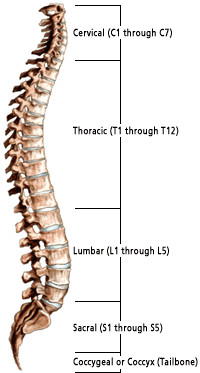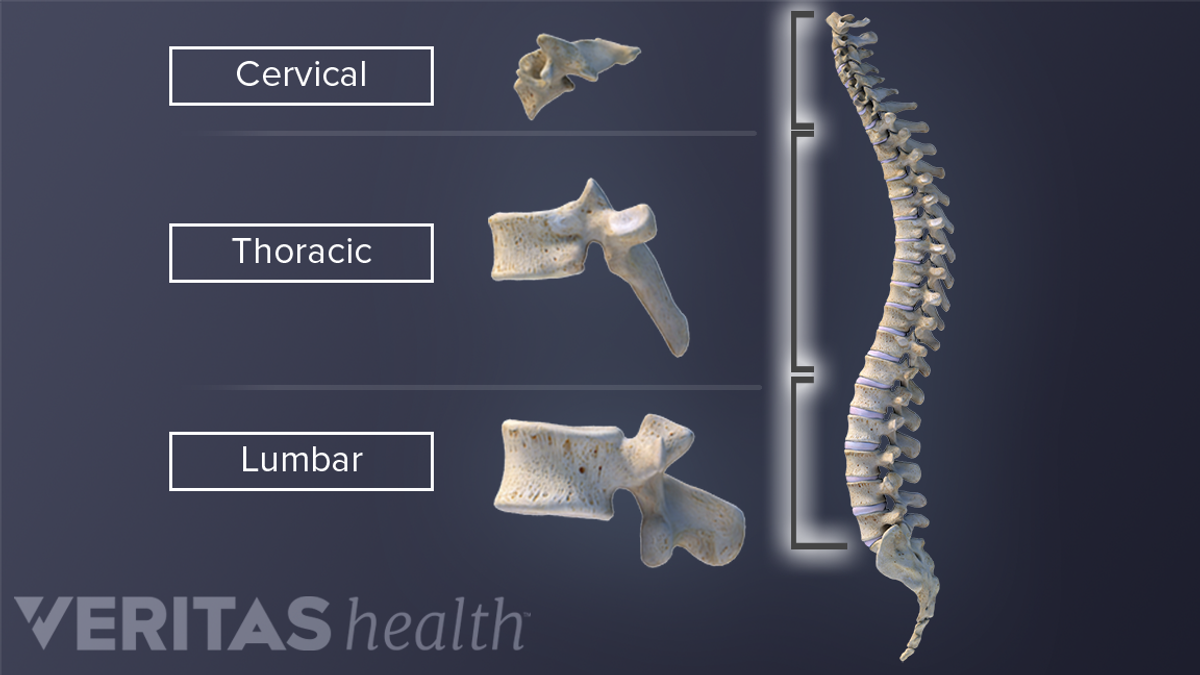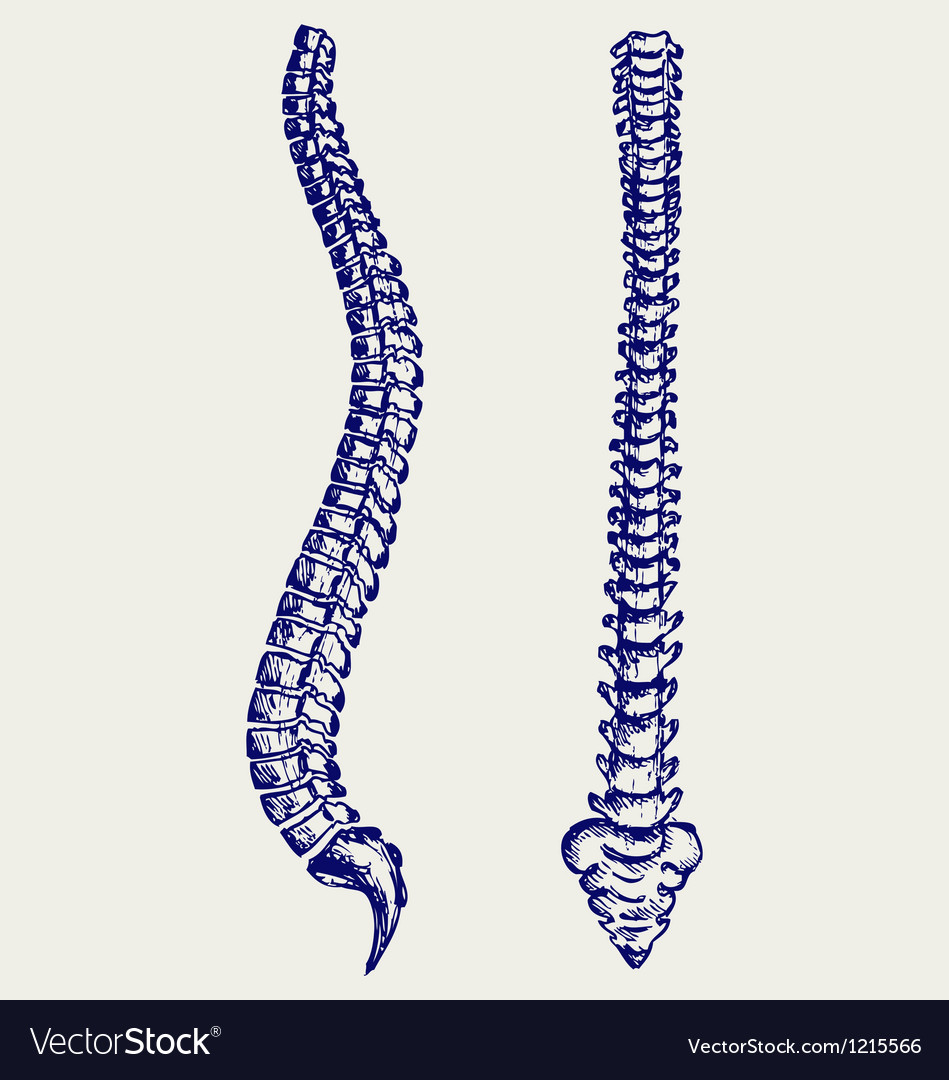

#Anatomy of spine skin
Nerves carry micro-electrical signals back and forth connecting brain to internal organs, joints, bones, tendons, muscles, skin and other tissues via spinal cord as the connecting cable.

Our nervous system regulates and controls bodily functions and activity. The upper cervical spine and the lumbar spine have convex forward curves, known as a lordotic curves. The thoracic and sacral curves, concaving inwards, are known as kyphotic curves.Ī vertebral segment represents a single complete vertebral bone with its associated articular processes and laminae. The vertebral column houses the spinal canal, a cavity that encloses and protects the spinal cord. These ligaments and the intervertebral discs hold the spine together. There are ligaments extending the length of the column at the front and the back, and in between the vertebrae joining the spinous processes, the transverse processes and the vertebral laminae. There are seven cervical vertebrae, twelve thoracic vertebrae and five lumbar vertebrae. The articulating vertebrae are named according to their region of the spine. There are normally 33 bones or vertebrae the upper 24 are articulating and separated from each other by intervertebral discs, and the lower nine are fused in adults, 5 in the sacrum and 4 in the coccyx, or tailbone.

The vertebral or spinal column, also known as the backbone or spine, is part of the axial skeleton. Shoulder Impingement/Rotator Cuff Tendinitis.


 0 kommentar(er)
0 kommentar(er)
